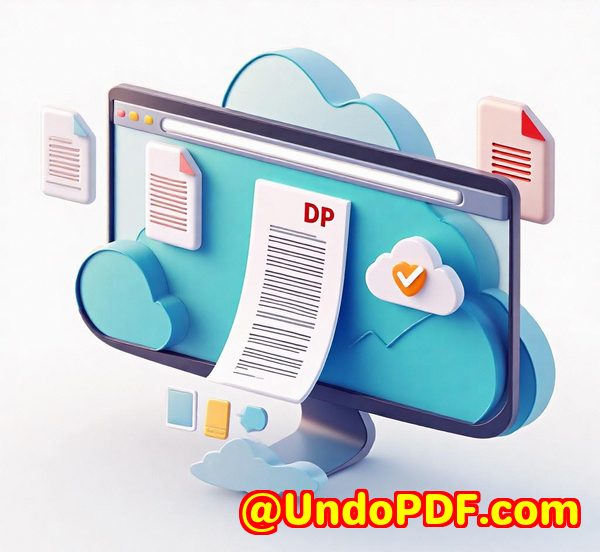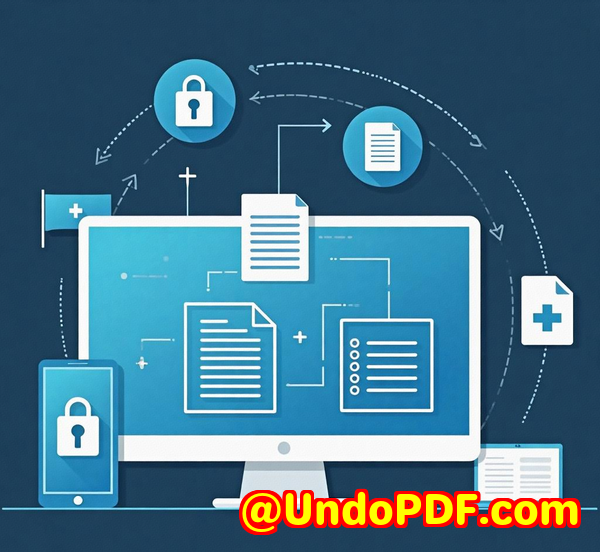Safeguard PDF Portable Protecting Sensitive PDF Documents in the Medical Field
Title: Safeguard PDF Portable: Protecting Sensitive PDF Documents in the Medical Field
Meta Description: Discover how VeryPDF’s DRM Safeguard Portable ensures offline, secure PDF document protection, ideal for the medical sector’s sensitive data requirements.

Opening Paragraph (Engagement)
Ever tried sharing sensitive medical documents with colleagues or clients, only to worry about unauthorized access or data theft? For anyone in the medical fieldwhether you’re a healthcare provider, administrator, or researchersecuring patient records, research findings, and confidential manuals is no small task. Not only do you have to comply with strict privacy regulations, but you also need to ensure that your documents are protected in a way that’s easy to distribute and access, even when your recipients don’t have reliable internet connections.
This is exactly the problem I was facing until I came across VeryPDF’s DRM Safeguard Portable. Here’s how it changed the way I manage and share sensitive medical PDFs.
Body (Product Solution + Personal Experience)
As someone working in a hospital setting, I’m no stranger to dealing with sensitive information. But handing out printed reports wasn’t always practical or secure. That’s when I started exploring digital solutions for secure document distribution, and that’s when I found VeryPDF DRM Safeguard Portable.
What is Safeguard PDF Portable?
In a nutshell, Safeguard PDF Portable is a zero-installation, USB-based solution designed to protect PDF files through offline DRM (Digital Rights Management). It allows sensitive PDFs, like patient records or research documents, to be stored on a USB stick and accessed on any computer, without the need for software installations or an internet connection. What stood out to me the most was its simplicity. It does all this without the hassle of registration or having to worry about online license servers.
Key Features of Safeguard PDF Portable
1. Secure Offline DRM
This is where the solution shines. No internet? No problem. All the security features run directly from the USB stick itself, which means you don’t need to worry about firewall issues, internet availability, or admin rights on the recipient’s computer. The documents are encrypted, and access is controlled through a secure viewer embedded within the USB device, making it ideal for environments where internet access is restricted, like certain healthcare settings.
2. No Software Installation Required
I love that the viewer doesn’t require any software installation on the recipient’s computer. In a hospital, IT departments are busy enough, and the last thing they want to do is configure software on every machine. With Safeguard Portable, the document viewer and the necessary decryption keys are all stored on the USB stick. You simply plug it in and start viewingno installation required.
3. Customizable USB Sticks
This was a game-changer for us. We could pre-load USB sticks with the necessary documents for different departments or users. Whether it’s a group of doctors attending a conference or a researcher in a remote area, the information is right at their fingertips. Moreover, the USB stick can be password-protected to prevent unauthorized access if it’s lost or stolen.
Real-World Scenario
For example, we had a situation where a group of medical professionals was attending an overseas conference and needed access to a series of sensitive training materials. Normally, we’d be concerned about sharing these documents over unsecured platforms. With Safeguard PDF Portable, I was able to pre-load the USB sticks with encrypted PDFs, and the team was able to access the materials securely without worrying about unauthorized access.
When it comes to securely distributing training materials, the USB sticks can also be updated on-the-fly. This feature means that if new documents or updates need to be sent, we don’t have to physically mail out a new USB stickjust update it remotely and send it off.
Advantages Over Other Solutions
1. No Internet Connectivity Issues
Some of the traditional solutions for document protection require internet access, which is a significant pain point in environments where access is inconsistent or unavailable. With Safeguard PDF Portable, everything is handled offline, eliminating these issues.
2. Security Without Compromise
Unlike some other solutions, Safeguard Portable doesn’t rely on plug-ins, JavaScript, or Flash, which can often introduce security vulnerabilities. It also doesn’t require users to register or provide personal information, which is important in a healthcare setting where privacy is paramount.
3. Flexibility in Document Distribution
While many solutions tie documents to specific devices or require constant online verification, Safeguard PDF Portable offers unmatched flexibility. The USB stick can be used on any computer, anywhere, without compromising the security of the documents.
Conclusion (Summary + Recommendation)
The Safeguard PDF Portable solution is a lifeline for anyone in the medical field who needs to securely distribute sensitive information without the hassle of constant internet access or installation issues. Whether you’re sharing patient records, research papers, or training manuals, this tool solves a host of security and distribution challenges.
If you’re looking for a way to protect your PDF documents and want to keep things simple, I’d highly recommend Safeguard PDF Portable. It offers a seamless solution that works offline, requires no installation, and provides all the security you need to keep your documents safe. Start using it today by visiting VeryPDF DRM Protector and see the difference it makes in your workflow.
Custom Development Services by VeryPDF
VeryPDF offers custom development services to meet your unique technical needs. Whether you require specialized PDF processing solutions for Linux, macOS, Windows, or server environments, VeryPDF’s expertise spans a wide range of technologies and functionalities.
VeryPDF’s services include the development of utilities based on Python, PHP, C/C++, Windows API, Linux, Mac, iOS, Android, JavaScript, C#, .NET, and HTML5. VeryPDF specializes in creating Windows Virtual Printer Drivers capable of generating PDF, EMF, and image formats, as well as tools for capturing and monitoring printer jobs, which can intercept and save print jobs from all Windows printers into formats like PDF, EMF, PCL, Postscript, TIFF, and JPG. Additionally, VeryPDF provides solutions involving system-wide and application-specific hook layers to monitor and intercept Windows APIs, including file access APIs.
VeryPDF’s expertise extends to the analysis and processing of various document formats such as PDF, PCL, PRN, Postscript, EPS, and Office documents. The company offers technologies for barcode recognition and generation, layout analysis, OCR, and OCR table recognition for scanned TIFF and PDF documents. Other services include the development of report and document form generators, graphical and image conversion tools, and management tools for images and documents. VeryPDF also provides cloud-based solutions for document conversion, viewing, and digital signatures, as well as technologies for PDF security, digital signatures, DRM protection, TrueType font technology, and Office and PDF document printing.
If you have specific technical needs or require customized solutions, please contact VeryPDF through its support center at https://support.verypdf.com/ to discuss your project requirements.
FAQ
-
What is Safeguard PDF Portable?
Safeguard PDF Portable is a secure offline DRM solution that allows PDF documents to be distributed on USB sticks without requiring software installation or internet access.
-
Who can benefit from using Safeguard PDF Portable?
Medical professionals, educators, trainers, and publishers who need to distribute sensitive documents securely without relying on internet connectivity can benefit from this solution.
-
Can the USB sticks be password-protected?
Yes, Safeguard PDF Portable allows you to password-protect USB sticks, ensuring that documents remain secure if the USB stick is lost or stolen.
-
Do I need special hardware to use Safeguard PDF Portable?
No, you can use any standard USB stick, and there’s no need for special hardware.
-
Can I update the content on the USB sticks after distribution?
Yes, USB sticks can be updated remotely after distribution, allowing you to add new documents or updates easily.
Tags/Keywords:
-
Safeguard PDF Portable
-
Offline DRM Solution
-
Secure PDF Distribution
-
USB Document Protection
-
Medical PDF Security



